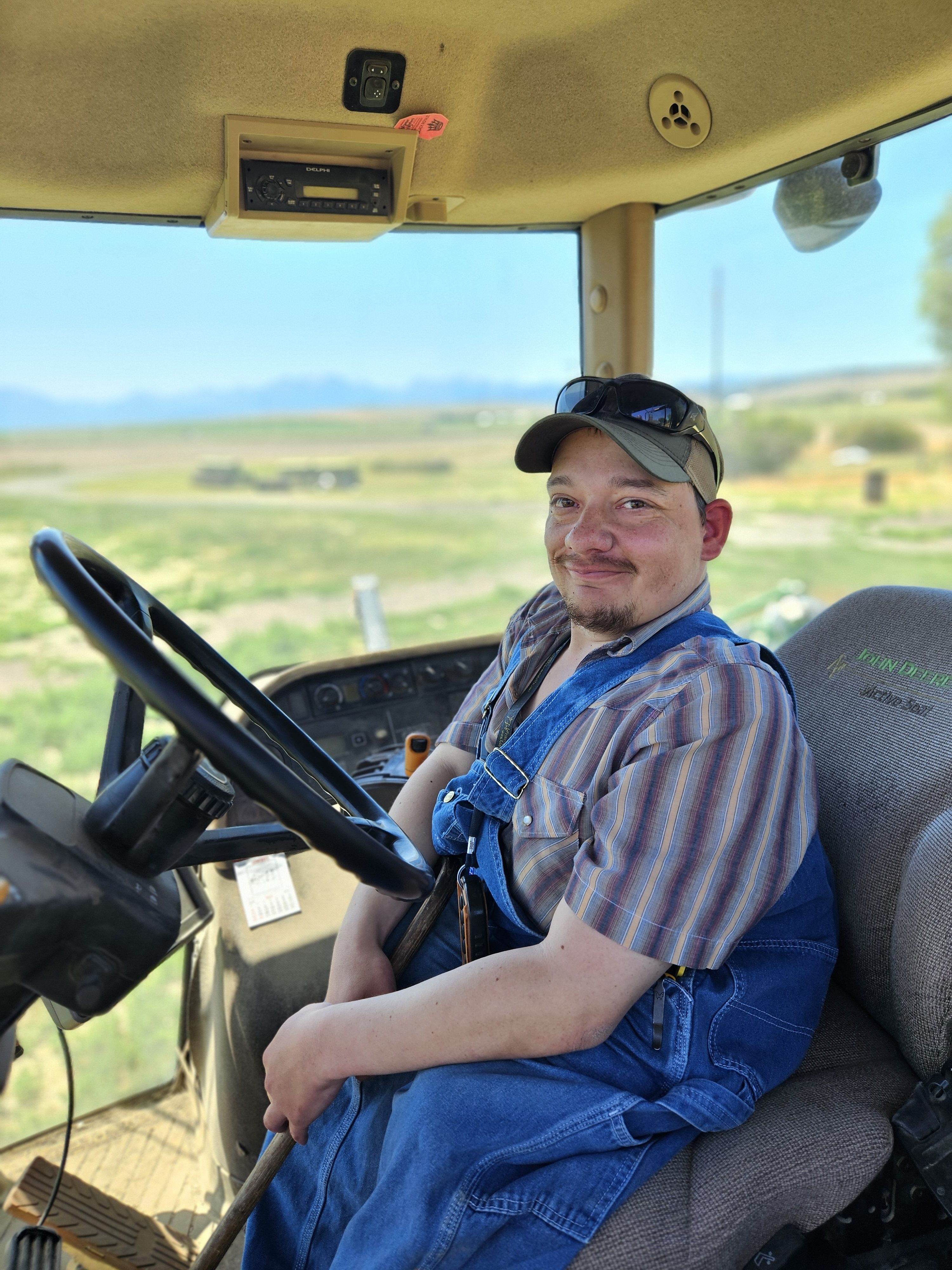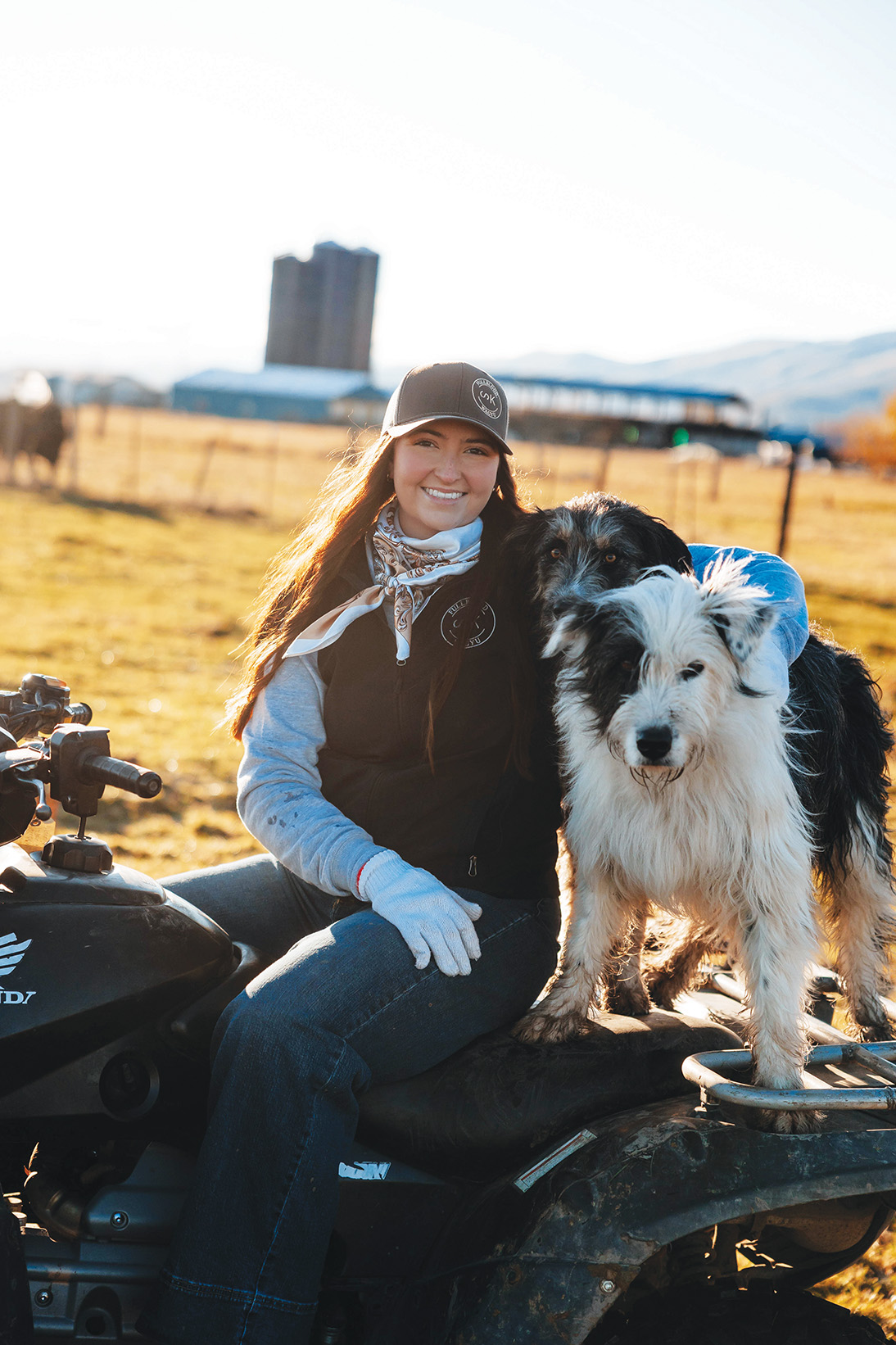Feds allocate money for forest work
Published 8:10 am Thursday, October 15, 2020
The long-term effort to reduce the risk of catastrophic wildfires on federal forests in the northern Blue Mountains will speed up starting in 2021.
Trending
The U.S. Department of Agriculture has allocated $2.7 million for the federal fiscal year, which started Oct. 1, for restoration projects on the Wallowa-Whitman and Umatilla national forests.
And local Forest Service officials hope that’s just the first stage in a campaign that will continue for a decade.
“We want to focus on a backlog of projects,” said Steve Hawkins, deputy fire staff officer on the Wallowa-Whitman.
Trending
Those are projects for which the Forest Service is basically ready to hire a contractor, as soon as money is available for the work, Hawkins said.
The $2.7 million from the Collaborative Forest Landscape Restoration Program will help the forests start to chip away at that pile of waiting projects.
Although the details of the work vary depending on the area of the Blue Mountains involved, the general concept is to cut some of the trees, primarily smaller-diameter ones, that are growing in higher densities than was historically the case in the northern Blues, Hawkins said.
Those trees, most notably grand and white firs, have encroached over the past century or so in places that historically were dominated by ponderosa pines and tamaracks.
Those species, which generally grow in widely spaced stands rather than in thickets, are much more resistant to wildfires than the grand and white firs that are much more prevalent.
Ecologists say multiple factors contributed to this change in the species composition of forests in the Blue Mountains. These include past logging that favored the commercially valuable pines and tamaracks, as well as aggressive firefighting strategies that for many decades all but eliminated fires that previously swept through every couple decades, killing firs before they could form dense stands.
Forest managers’ second main tool, in addition to thinning, is fire itself. But this is prescribed fire, which is closely controlled, rather than wildfire.
After workers have thinned the forest, crews light fires during the spring or fall to get rid of the combustible debris. Prescribed fires can also promote the growth of grasses and shrubs that are food sources for wildlife and more resistant to fire than thickets of trees.
The overriding goal, Hawkins said, is to restore expanses of forest so that when the inevitable wildfires start, they won’t spread far before reaching an area that has been thinned. Those areas can serve as anchor points for fire lines.
Ideally, once an area has been restored, Hawkins said a fire potentially can do more good than harm — in effect acting much as a prescribed fire does in limiting the amount of fuel on the forest floor.
According to a press release from the Forest Service announcing the $2.7 million allocation, “Work would occur in general forest areas that are at risk from wildfires, such as areas adjacent to private lands and municipal watersheds, and other important locations. Treatments would maintain and enhance old trees and existing old-growth stands.”
Hawkins said that although much of the restoration work involves cutting small trees that have no commercial value — those are often piled and later burned — some of the projects possible due to the new federal dollars could also produce logs for sale to mills.
He said most of the thinning work will be done by private contractors hired by the Forest Service.
The northern Blues project has not had money allocated beyond the current fiscal year.
But the proposed 10-year project calls for thinning 223,800 acres between the two national forests and 300,000 acres of prescribed burning, as well as another 297,000 acres of thinning and 80,000 acres of burning on private and tribal lands.
Similar restoration campaigns are underway on the Malheur National Forest in the southern Blues.









